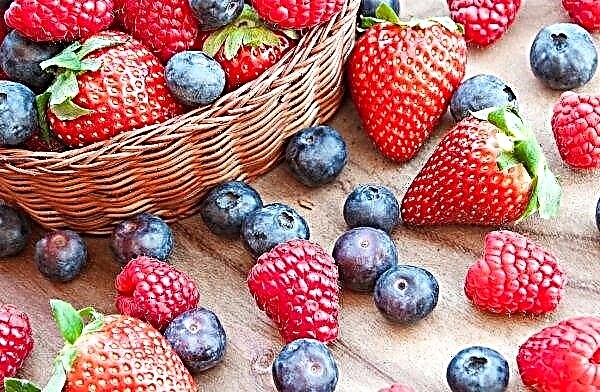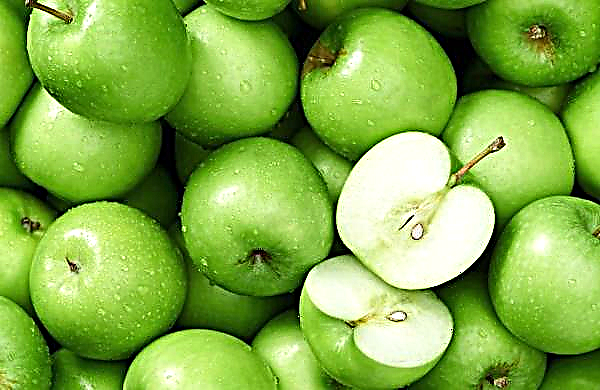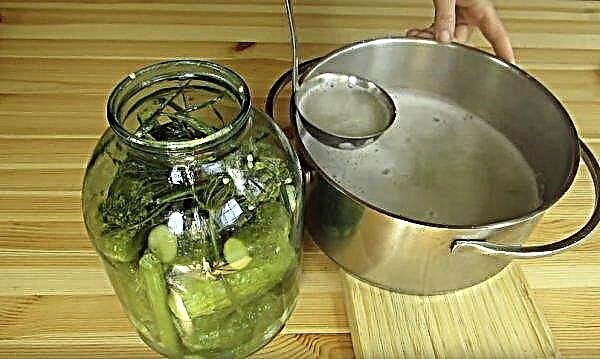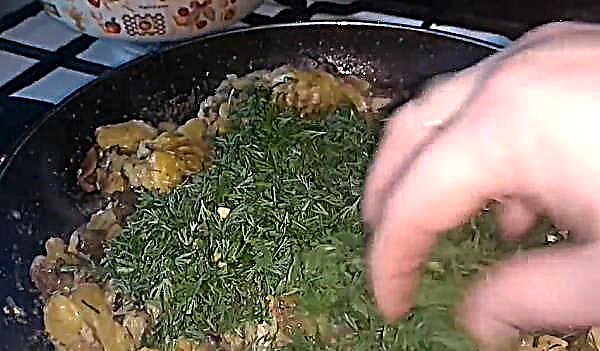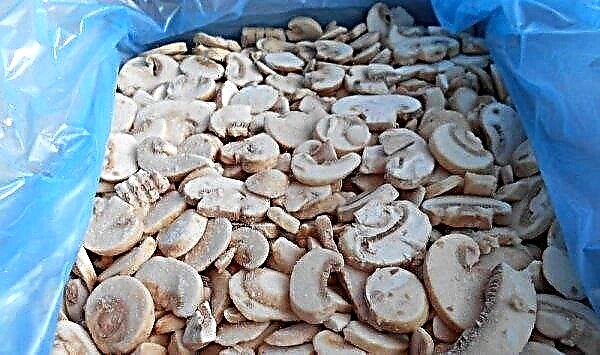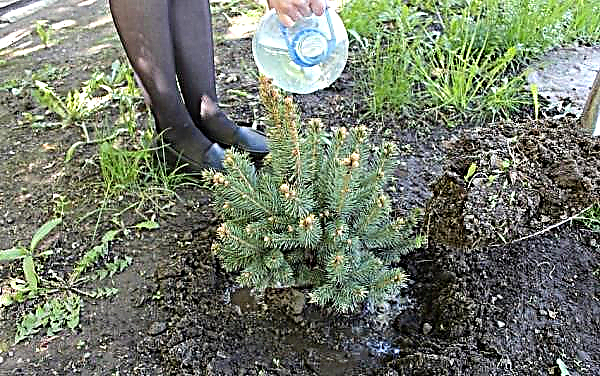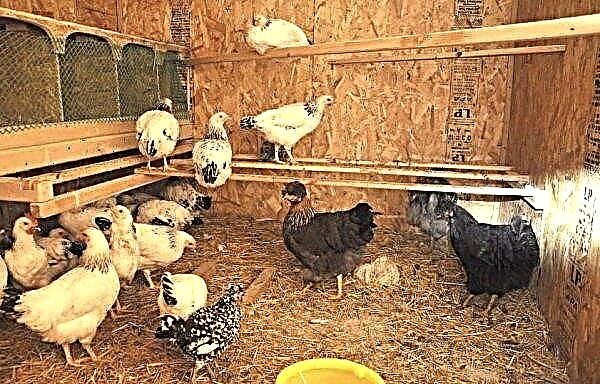Cotton honey is a unique variety obtained by bees from well-known cotton. In its just assembled form, this is a light yellow product, but when sugared, it takes on a white hue, therefore its other name is white honey. About what properties a cotton product has and how to apply it, read in this review.
Description and Features
Cotton honey is part of a pure floral treat and nectar. And that's why. In Central Asia, many types of cotton grow from which this product can be obtained. All cotton belongs to the family of mallow, especially attractive for bumblebees and bees. First, white or cream flowers bloom on the plant. Their flowering lasts only 5 days. During this time, they acquire a wonderful pink and then red hue, then fall off and their place is taken by a box known to everyone with a bunch of white cotton inside.
The flower attracts bees. He is one of the main honey plants. Nectar is collected from it only on the first day of flowering, when it is white or cream. And then the bees collect the next type of nectar - from bracts on the underside of the leaf. The same nectar exists on other plants: sunflower, alfalfa, so cotton honey is a combination of two different types of nectar.
Key Product Features:
- Colour: light amber;
- taste and aroma: pleasant, oily, but with a specific smell, some people claim that it looks like lemonade;
- taste varies with soil type and cotton variety;
- sweetness: very sweet;
- aftertaste: a little sharp, after eating, you may notice a slight tingling in the back of the throat - like from a very soft chili pepper;
- crystallization: fast, in about 4 weeks.
Despite the abundance of cotton, in the store you will often find a product that contains only part of the cotton honey. And this is an example of how honey makes food industry to increase sales, so pay attention to the composition of the purchased product.Did you know? The tallest cotton plant has grown in Florida, USA. His high — 9.75 m. The record was recorded on July 15, 2014.
Composition and calorie content
Honey is considered a high-calorie product. It contains about 328 kcal per 100 g of product.
Its composition is also characterized by:
- maximum humidity - 16%;
- maltose - 4.80%;
- glucose - 36.19%;
- sucrose - 1.16%;
- levulose - 39.42%.
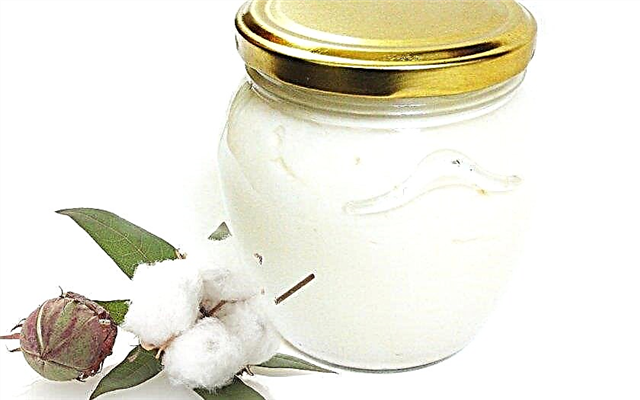
The composition also includes:
- active enzymes;
- monosaccharides;
- antioxidants;
- almost all minerals and vitamins.
Important! Today, cotton is one of the most intensively processed chemicals in the world. Used herbicides and pesticides are toxic to bees, so this honey can be dangerous for the body.
Properties of cotton honey for the body of men and women
The product is useful for its antibacterial and antioxidant properties. Antioxidants protect the body from cell damage due to free radicals, preventing the formation of tumors. Free radicals contribute to the aging process. They can also increase the risk of developing chronic diseases such as cancer and heart disease. Polyphenols contained in honey are actively involved in the prevention of these diseases.
In addition, honey is a great alternative to sugar. It can be used for colds and as a cough suppressant. Moreover, it is no less effective than pharmacy products.
Benefit
- The benefits of any kind of honey, including cotton, are as follows:
- immunity support;
- strong anti-inflammatory properties;
- high antibacterial properties in the treatment of colds and inflammatory processes;
- wound healing properties;
- stimulation of brain activity.
Important! Cotton honey has a high antibacterial activity, the same as buckwheat, blueberry or heather.
Harm and contraindications
Cotton honey does not have special indications for dosage or method of use.
- But for some categories of people it is contraindicated or recommended for dosed use:
- it is forbidden to give children under one year of age and should be given with caution to children under 5 years of age;
- It is forbidden to use for people allergic to beekeeping products.

Application methods
People have been using honey for more than 8 thousand years. During this time, many of its useful properties have been discovered. In modern medicine, it is used as a separate product, as well as in various ointments.
- It is effective:
- in the treatment of skin diseases;
- with wound healing;
- in the treatment of colds;
- as an immuno-strengthening agent;
- for the prevention of diseases of the cardiovascular system;
- in cosmetology in the form of healing, rejuvenating masks;
- in the treatment of respiratory diseases.
For diseases
The antibacterial properties of honey disinfect the wound surface, and a unique pH balance facilitates the entry of oxygen and therapeutic substances into the wound.
Wound healing specialists use honey to treat the following types of wounds and skin diseases:Did you know? In 2007, Pennsylvania State Medical College conducted a study that proved that honey reduces coughing at night and improves sleep in children with upper respiratory tract infection more than any cough medicine.
- boils;
- burns;
- non-healing wounds and ulcers;
- pilonidal sinus;
- venous and diabetic foot ulcers.
Dissolved in warm water or compote 1-2 tbsp. honey can stimulate intestinal activity. It is recommended to give students with poor appetite.
In cosmetology
The use of honey in cosmetology has been widely practiced since the time of the first civilizations. The product is a natural moisturizer. With his participation, many homemade mask recipes were created using its antioxidant and antimicrobial properties.
Main uses and recipes:
- Apply 1 teaspoon of product to clean, dry skin and leave for 20 minutes. Then rinse with warm water. This is an example of a classic moisturizing mask.
- The product is very convenient to use as an acne remedy. Inhibiting the activity of bacteria, it soothes the skin, relieves redness, swelling and irritation. Just apply it with a cotton swab to the affected area and leave for 15 minutes, and then rinse with warm water.
- If you mix honey with soda in a ratio of 2: 1 and apply to the skin of the face, you will get a natural scrub to cleanse dead skin particles of the epidermis. Apply with massaging movements, then rinse with warm water.
- A beekeeping product is an excellent tool for strengthening hair. Mix 1 tbsp. product with 2 tbsp. coconut oil. Apply to hair from roots to ends. Leave on for 20 minutes. Rinse in hot water so that all ingredients are completely washed off.
It will be useful for you to read about the properties of other varieties of honey:
How to distinguish cotton from fake honey
It is worth saying that it is impossible to fake cotton honey, since only it has such a unique white color and high crystallization rate.
Main features:
- caramel white color;
- dense consistency;
- specific aroma;
- slightly pungent aftertaste.



